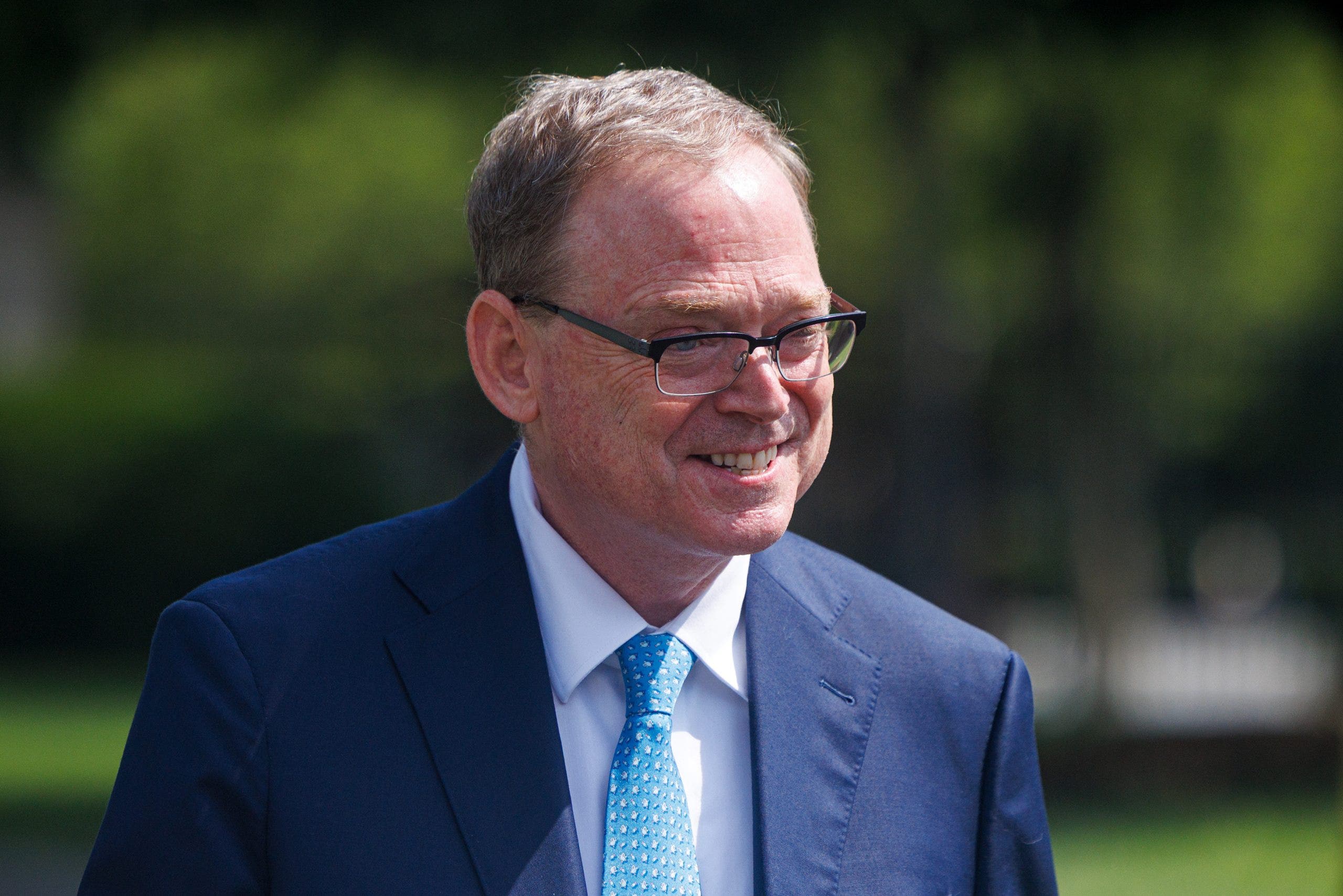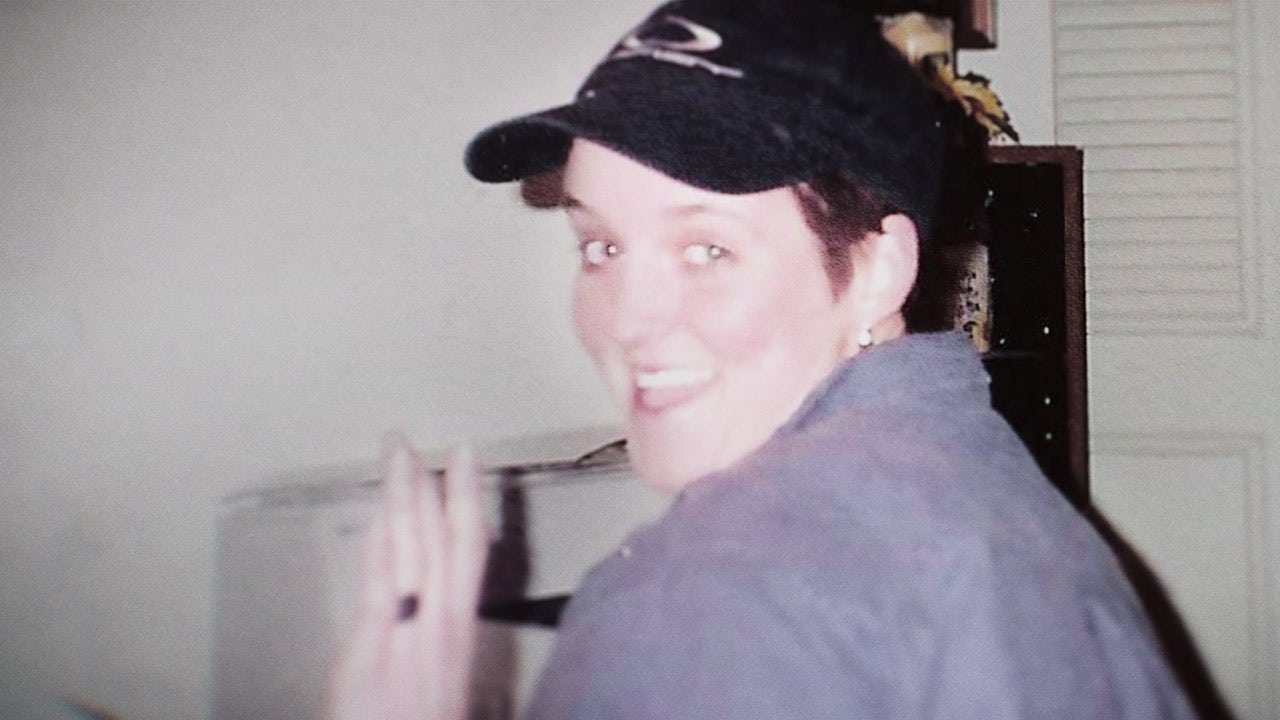President Trump’s newly unveiled tariff rates are unlikely to change much, his trade adviser and National Economic Council declared, while downplaying the risk of market turmoil.
“I know a lot of these are set rates pursuant to deals,” US Trade Representative Jamieson Greer told CBS News’ “Face the Nation” on Sunday. “Some of these deals are announced, some are not, others depend on the level of the trade deficit or surplus we may have with the country.”
“These tariff rates are pretty much set. I expect I do have my phone blowing up,” he added. “I think that we have, we’re seeing truly the contours of the President’s tariff plan right now with these rates.”
Trump initially unveiled a 10% baseline tariff rate against virtually every country on the planet and then a slate of customized rates on top of that during his April 2 “Liberation Day” announcement.
The stock market promptly took a nosedive and Trump later announced a pause on the implementation of those tariffs to allow time for negotiations to play out.
Kevin Hassett, the director of the National Economic Council, downplayed the risks of a similar crash this time around because “the markets have seen what we’re doing.”
“I would rule it out because these are the final deals,” Hassett told NBC’s “Meet the Press” on Sunday when asked about Trump changing the tariff rates due to market reactions.
During the negotiating sprint that followed “Liberation Day,” Trump’s team helped cut deals with the European Union, United Kingdom, Vietnam, the Philippines, Indonesia, Japan, South Korea, Cambodia, Thailand and more.
“We have eight deals that cover about 55% of world GDP with our biggest trading partners, the EU and Japan and Korea and so on, and I expect that those [rates] are more or less locked in,” Hassett said.
“For the deals that aren’t ready yet, they’re going to get the reciprocal rates soon, and then we would expect that there might continue to be negotiations with those countries.”
Last week, Trump’s team unveiled a revised slate of customized tariff rates to be imposed against various countries, after previously delaying implementation of the “Liberation Day” tariffs twice.
Most of those tariffs ranged from 40% to his baseline 10% rate. They will be effective on Aug. 7, per Trump’s executive order.
Meanwhile, Trump also has a tariff truce with China that is set to end on Aug. 12 and has given Russia until Aug. 8 to cut a peace deal with Ukraine before he implements secondary tariffs or sanctions on countries that purchase oil from Moscow.
“There are trade ministers who want to talk more and see how they can work in a different way with the United States, but I think that we have, we’re seeing truly the contours of the President’s tariff plan right now with these rates,” Greer assessed.
Trump is also facing litigation in the courts over the legality of his tariffs, with the US Court of Appeals for the Federal Circuit hearing arguments for the administration’s defense of the moves last Thursday.
The president had tapped into his emergency powers to impose the sweeping tariffs, but there are legal questions about whether he has the authority to do that.
Read the full article here














